James Tomma was done with politics and wasn’t planning to run in the 2020 election.
He told his supporters he was ready to walk away. But they told him to put up or shut up and urged him to be on the ballot. Somehow, he won.
Now, two and a half years later, as Kukpi7 (Chief) of Skwlāx te Secwepemcúl̓ecw, Tomma is leading his community through a difficult journey of recovery from the worst wildfire disaster in band history. In August, the Bush Creek fire left devastation and displacement in its wake as it spread across the nation’s lands about 70 km east of Kamloops. Tomma is now in charge of a lengthy rebuilding process there.

Nearby, Lytton First Nation is only now starting to rebuild after a catastrophic wildfire hit their community in 2021. Tomma has two years before his nation’s next election but he’s not complacent. He’s giving himself that time to get things done, and if he’s re-elected, he’ll keep going.
It’s becoming a common story, as chiefs across Canada are tasked with rebuilding after a climate disaster. First Nation evacuations continue to increase as a warming planet and poor forest management has led to an increase in megafires.
Several First Nations across Canada have lost infrastructure, traplines, and hunting and fishing cabins. It’s all part of a new era of climate decline when Indigenous communities, many in rural and remote areas, are on the front lines of fire.
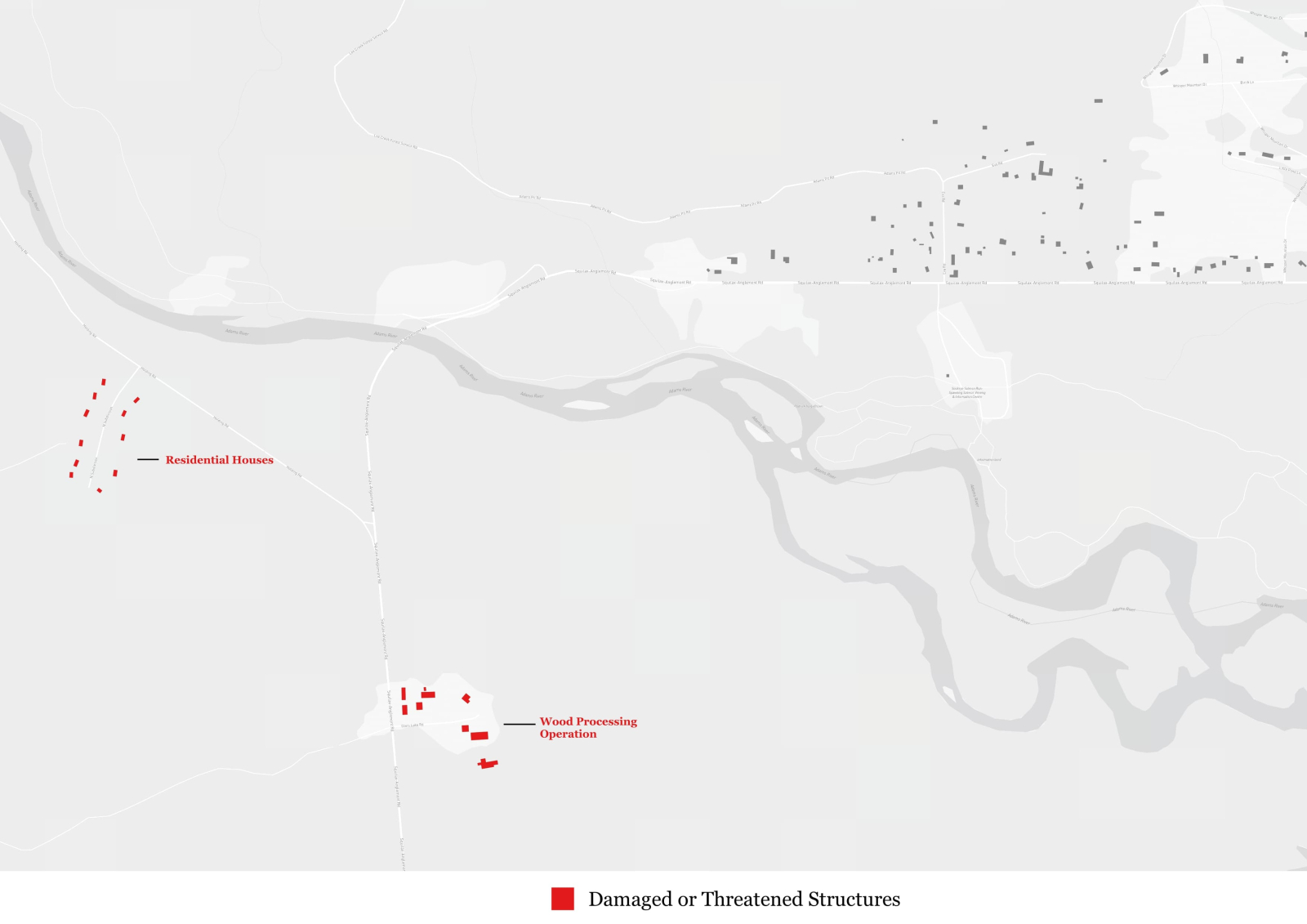
An estimated 18.4 million hectares burned in Canada in 2023, and over 95 First Nations were evacuated over the past wildfire season.
From his hotel room in Kamloops, Tomma is reflecting on his leadership, especially the past few months. . Outside, where he takes his calls, there are car horns from the parking lot and the loud rumble of freight trains that run through town.
The hotel room is fitted with a kitchenette, a small living room and a room just big enough for a bed and whatever possessions he still owns. Tomma’s home where he had lived since the 1980s burned to the ground when Bush Creek fire tore through the north end suburb of his First Nation.
Now, home for Tomma is wherever his wife and cat are, he explained. The couple lost several family heirlooms and most of their photographs, but were able to salvage some, including a photo of Tomma’s late son, and a ring that rests on the finger of Tomma’s wife, Jay.
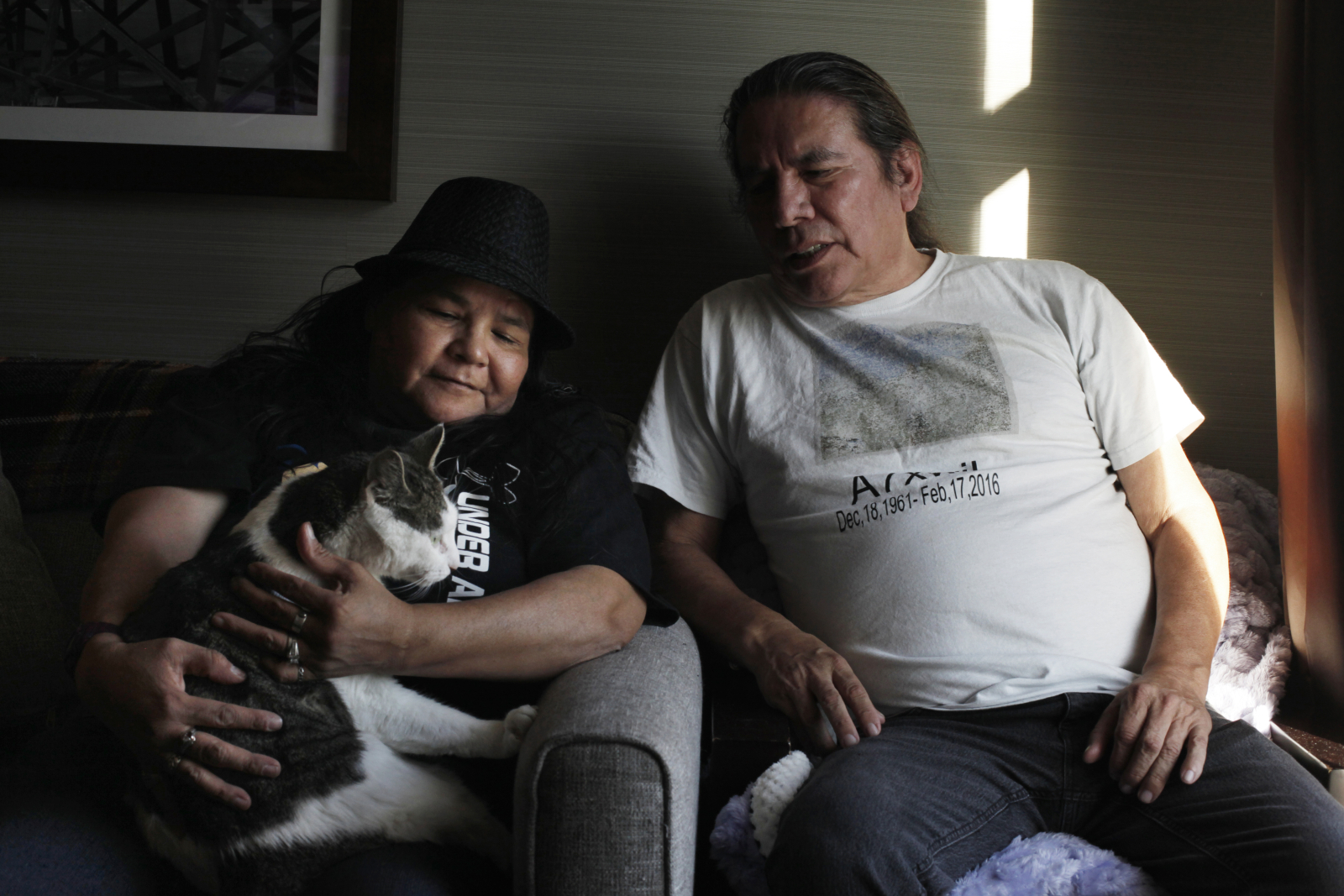
Despite it all, Tomma is still enjoying himself as leader, he said. He believes he’s making a difference for his people, but “it’s tough right now because of the catastrophe that happened,” Tomma said about the wildfire that destroyed 34 community homes, including his own house and his late Mother’s home.
“The Creator put this in front of us as a trial to bring us together as a community again,” he believes.
Tomma says the measure of a community is how well children succeed. All the holdings of the band, from the First Nation-owned gravel pit to tourist attractions like the golf course, all wealth is for the children.
“I want our children to have the ability to be self-reliant, to self-determine, and society demands now that you have to be financially stable,” he said.
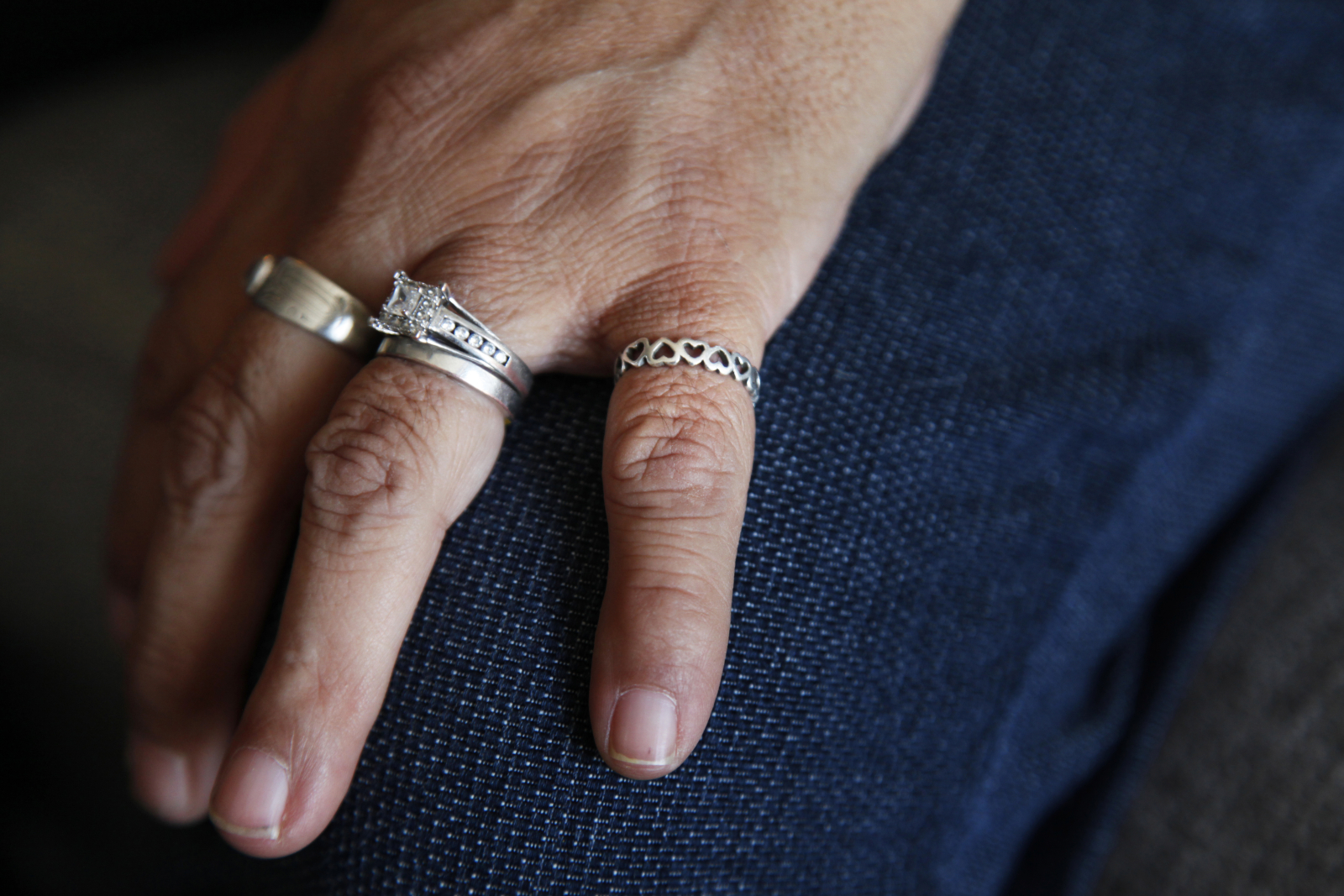
An entrepreneurial mind and dedication to the youth of Skwlāx have accompanied Tomma throughout his career. In the past, he’s been a logger, an entrepreneur and a social worker running his own youth centre stocked with pool and foosball tables and a television.
When the band eventually cut funding for the youth centre. Tomma continued to pay out of his own pocket for the centre until it became too much and he was forced to walk away. He went on to start his own successful fishery.
As a child, Tomma always read books, his brother Rocky, told Canada’s National Observer. When he wasn’t in a text, the brothers were running together through Slwlāx territory, using the land’s berries, fresh water and other resources as a lunch cafeteria, Ron Tomma, another brother, said.
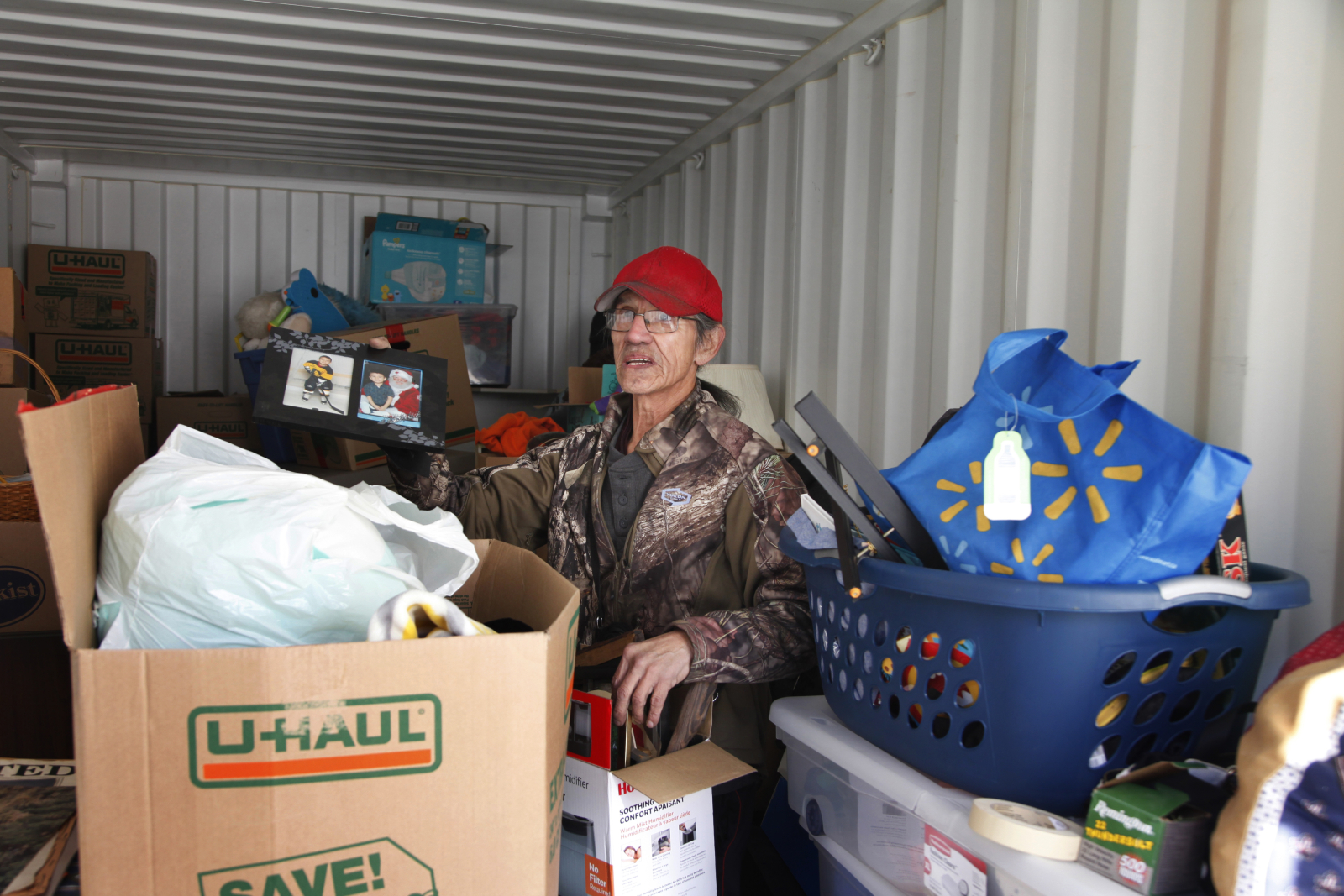
The three brothers are tight and stayed behind when the fire hit to try to protect their childhood home from the blaze. The house, where Rocky lived, still served as a family-gathering place.
They were unsuccessful. After a long fight against the blaze, they retreated to the nearby bridge and waited for the rescue boat that brought them to safety.
Ron describes his brother as a people’s kukpi7 (chief), prioritizing transparency and the financial well-being of community members.
When he won the election, he started an open door policy at the band office, even reprimanding staff who closed their doors. He also started regular meetings every two weeks, supplemented by a community newsletter run by one of the councillors.
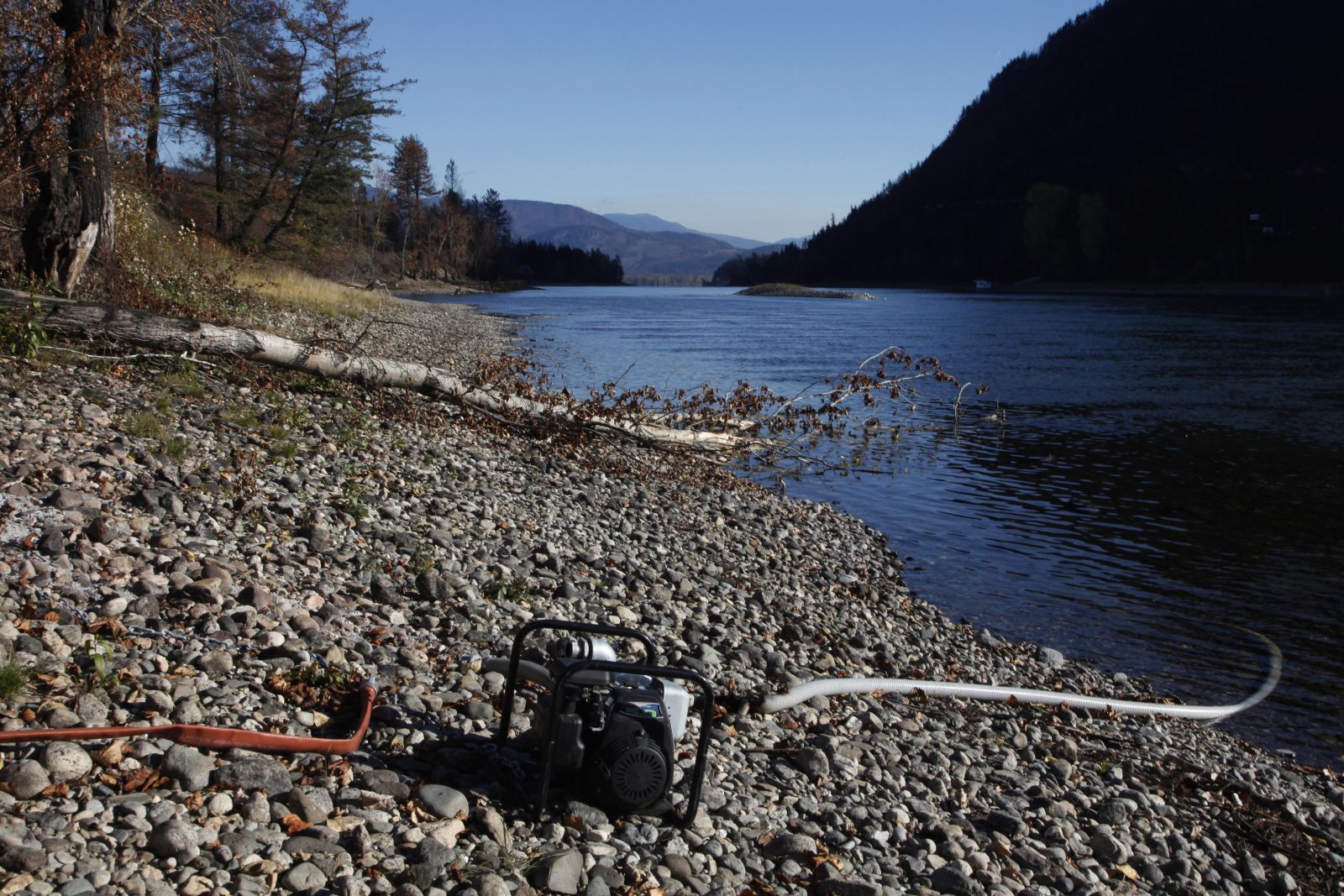
When he negotiated a $350,000 revenue-sharing agreement with Sun Peaks ski resort, “guess what he did with it?” Ron asked. “He gave it to the people. He gave everybody $1,000 for Christmas.”
It’s all for the children, Tomma said. He’s even started a Children’s Trust Fund, which will help the young people of Skwlāx start on a strong footing.
“Nobody did it for us, so that’s why I’m doing it, because nobody did it for us,” he said.
Tomma reflects on the 215 unmarked graves found in neighbouring Tk̓emlúps te Secwépemc, which Tomma calls “the worst-kept secret.” All his life he has heard stories from family members who suffered the atrocities at the Kamloops Indian Residential School.
Now, Tomma is documenting all aspects of the community rebuild so he can show children of Skwlāx what was lost and what will rise from the devastation.
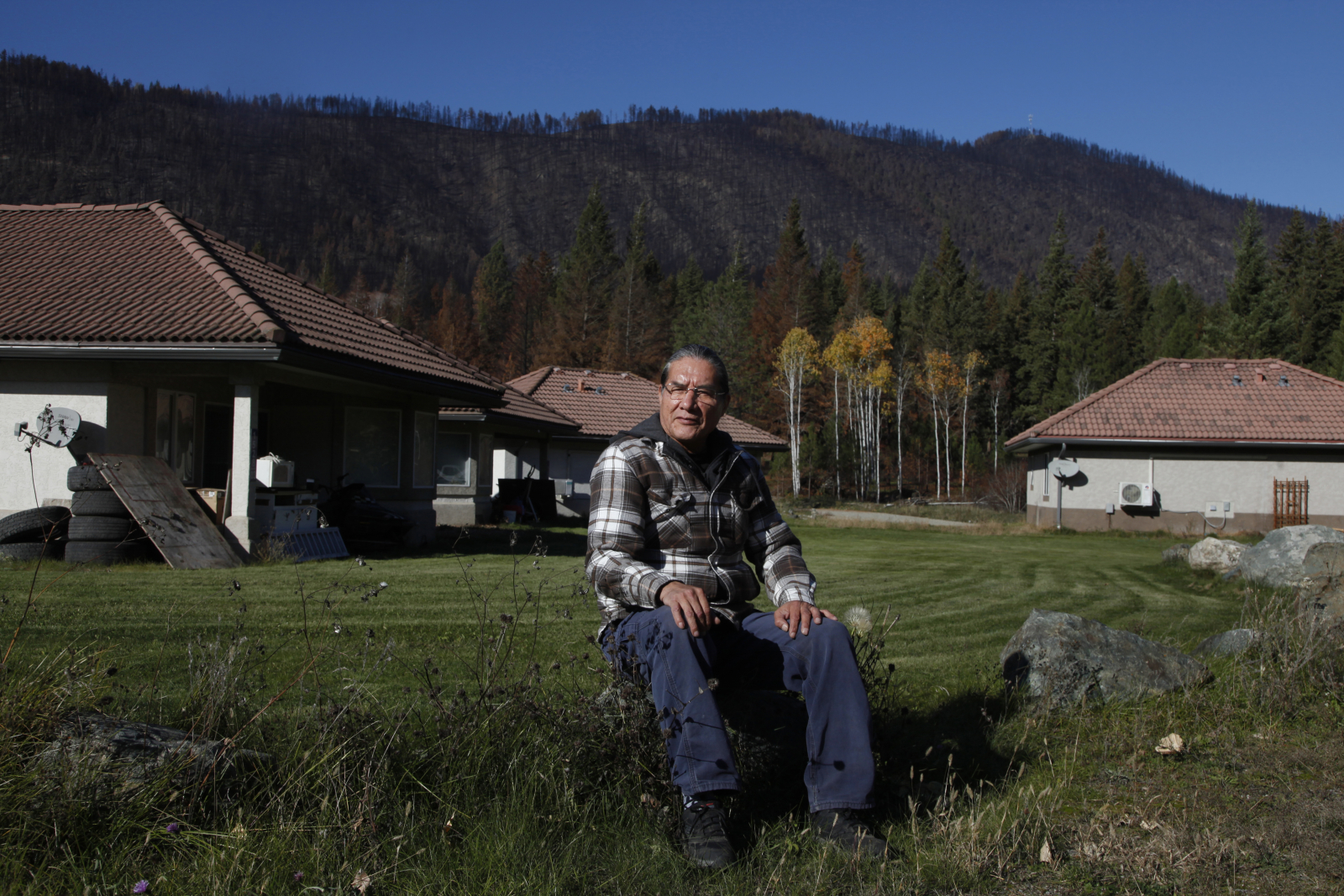
Until then, Tomma remains in his temporary housing, alongside other community members who lost their homes in the fire. There’s a common phrase, a maxim for Tomma at this point. He will not rebuild his own home until the last community member closes a door behind them.
It’s a lesson he learned from his own father, a kukpi7 (chief) in his own right. When the community was forced by Ottawa to move out of log cabins into stick homes, Tomma’s father was the last to have his home built, “we learn from the past,” he said.
“It should be people first.”
Matteo Cimellaro / Canada’s National Observer / Local Journalism Initiative
Thank you for following the
Thank you for following the stories of those people displaced by last summer's wildfires. It's so easy for the rest of us to forget, but it's not over.

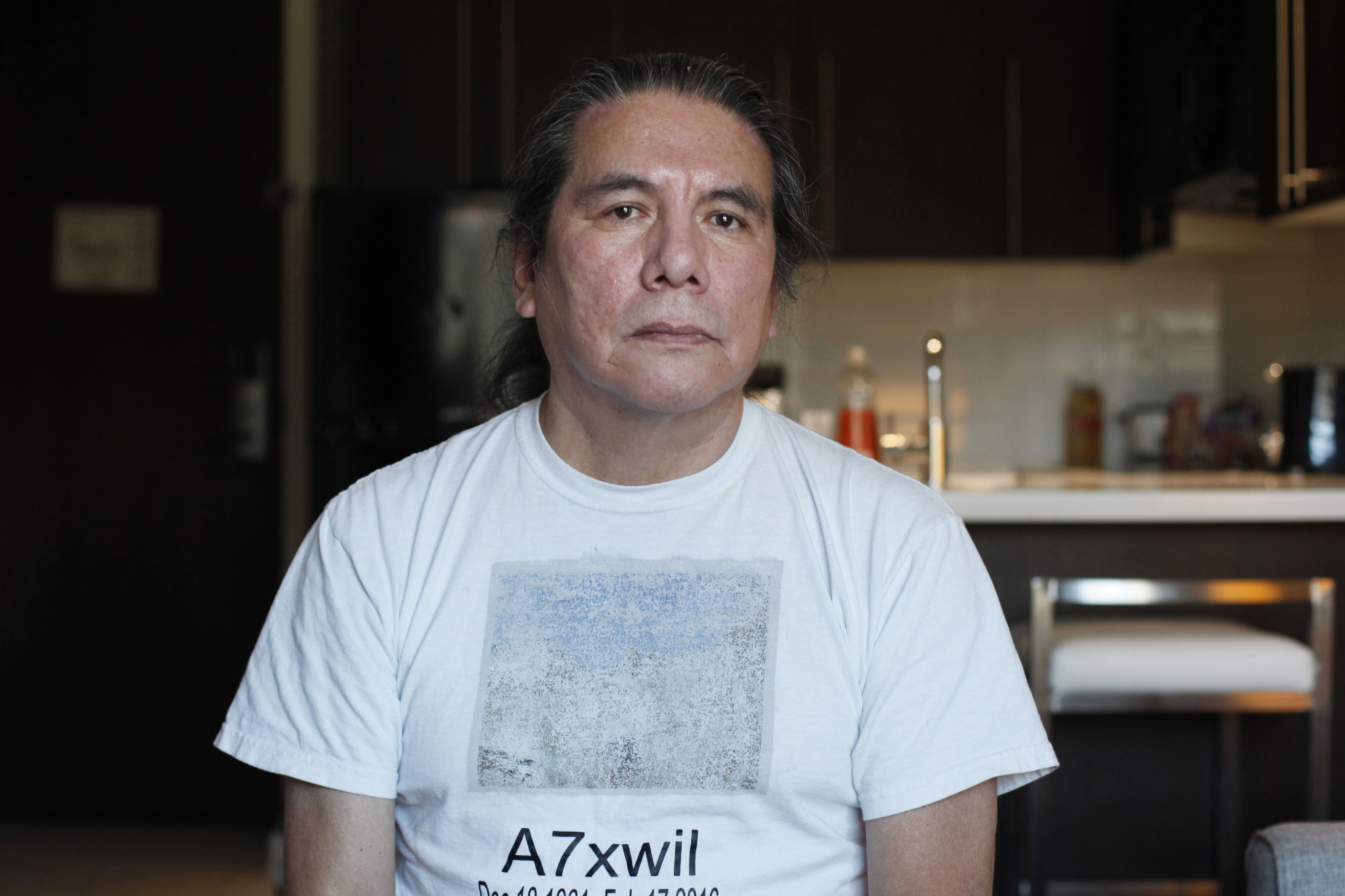

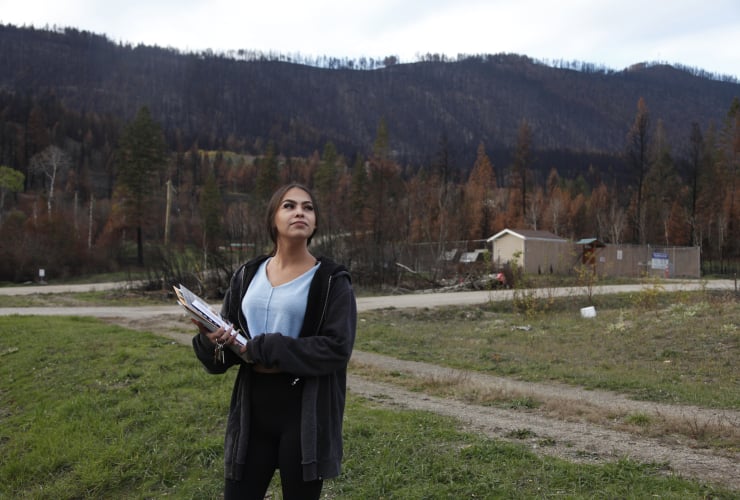



Comments